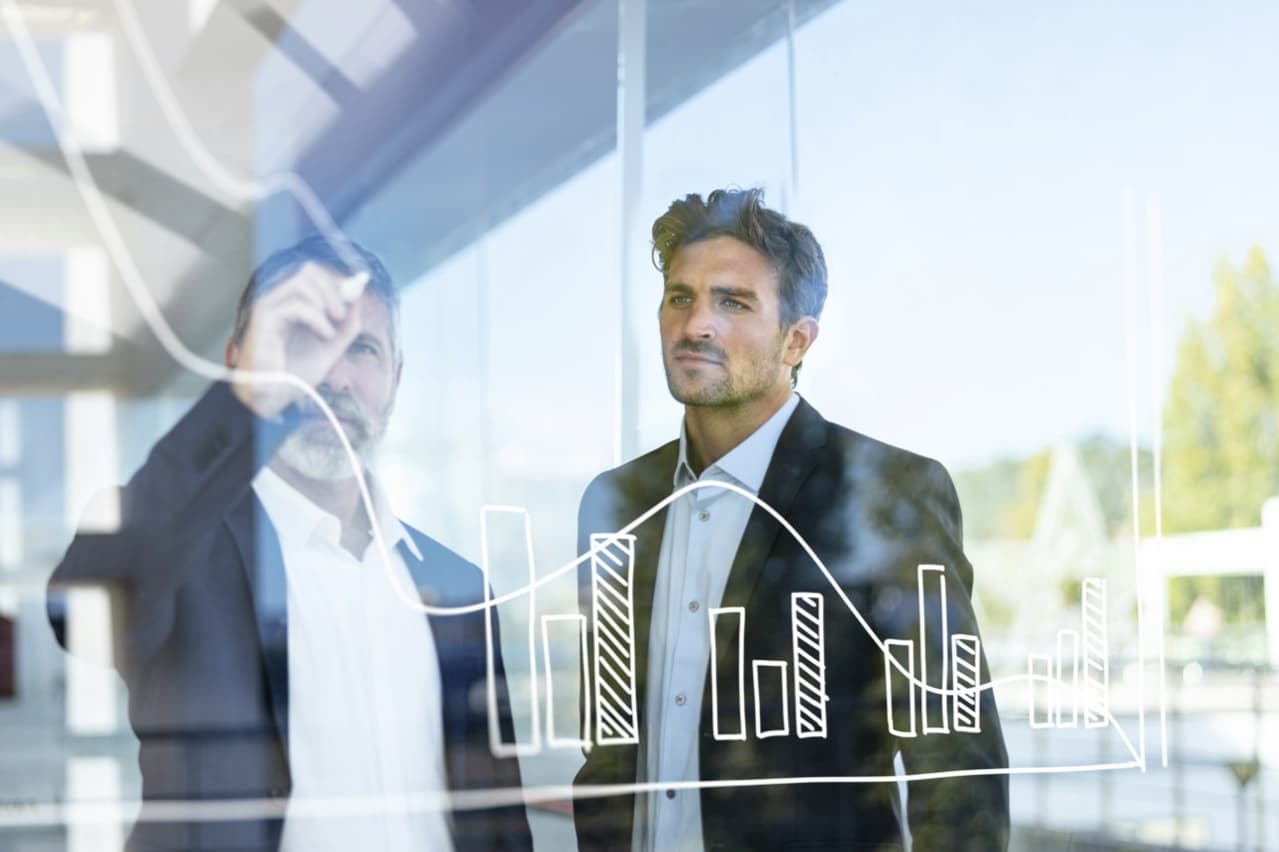Picture this: a bustling cityscape, buildings lining the horizon, each a hub of dreams and opportunities. Amidst this, a property manager, Jane, stands with a warm smile, ready to welcome new tenants. It’s a scenario repeated countless times across the globe, yet each instance is unique, each tenant special. The secret to Jane’s confidence? A meticulously crafted property management onboarding checklist.
Property management is more than just handing over keys; it’s about creating a foundation for lasting relationships. A structured onboarding process not only eases the transition for tenants but also streamlines operations for property managers. It’s about setting expectations, ensuring compliance, and making the new tenants feel at home. This guide will walk you through the essentials of this process, ensuring that you, like Jane, can welcome your new tenants with unwavering confidence.

Smarter Pest Control, Fewer Headaches.
Understanding the Basics of Property Management Onboarding
Onboarding in property management is akin to a well-orchestrated symphony. Every note must be in tune to create a harmonious experience for both the tenant and the manager. At its core, property management onboarding is the process of introducing new tenants to their rental home and the policies governing their stay. It’s a crucial phase where vital information is exchanged, and mutual expectations are set.
This phase is critical for several reasons. For tenants, it’s about familiarising themselves with their new home and understanding their rights and responsibilities. For property managers, it’s an opportunity to establish a rapport, clarify any doubts, and lay the groundwork for a smooth tenancy. Effective onboarding ensures that tenants are content, which in turn leads to longer tenancy periods, reduced turnover, and a positive reputation for the property manager.
Benefits extend beyond just satisfaction. A structured onboarding process mitigates potential legal issues by ensuring all parties are aware of and adhere to regulations. It also sets a professional tone for the tenancy, making future communications and negotiations smoother.
Check out our post about tenants’ rights in allergy-friendly housing.
Property Management Onboarding Checklist
Transitioning new tenants into a property is an art that requires attention to detail. Here’s a comprehensive checklist to ensure that you cover all bases during the onboarding process:
Pre-Arrival Preparations:
- Ensure the property is clean, safe, and in a state of good repair.
- Verify that all utilities are functioning and set up accounts if necessary.
- Prepare a welcome packet containing essential information about the property and neighbourhood.
Legal and Administrative Requirements:
- Have all necessary paperwork ready, including the lease agreement, inventory list, and any property-specific documents.
- Ensure compliance with local and federal housing laws.
- Collect necessary payments such as security deposit and first month’s rent.
First Impressions:
- Schedule a move-in date and time.
- Conduct a thorough walk-through of the property with the tenant, noting any pre-existing conditions.
- Provide keys and explain the security systems, if any.
Setting Expectations:
- Discuss the lease agreement in detail, highlighting important clauses.
- Clarify rules regarding alterations, maintenance requests, and other property-specific policies.
- Outline communication protocols for queries and emergencies.
Maintenance and Safety Protocols:
- Educate tenants about regular maintenance they are responsible for.
- Explain emergency procedures and provide contact numbers for maintenance issues.
- Ensure tenants are aware of evacuation routes and safety measures.
Community Integration:
- Introduce tenants to community amenities, if applicable.
- Provide information about local services, public transport, and community events.
- Encourage tenants to participate in community activities to foster a sense of belonging.
Feedback and Follow-Up:
- Encourage tenants to raise any initial concerns or questions.
- Schedule a follow-up meeting or call to address any unresolved issues.
- Keep lines of communication open for future interactions.
Real Estate Agent Onboarding Checklist: Bridging the Gap
Transitioning a new tenant isn’t just the property manager’s responsibility. Real estate agents play a pivotal role in this process, acting as the crucial link between property managers and tenants. Their expertise and involvement can significantly ease the transition. Here’s a checklist tailored for real estate agents:
Pre-Move-In Coordination:
- Collaborate with property managers to ensure the property is ready for the tenant.
- Assist tenants with the logistics of moving, offering recommendations for movers or storage solutions if needed.
- Facilitate communication between the tenant and property manager, ensuring all queries are promptly addressed.
Document Review and Compliance:
- Guide tenants through the lease agreement, clarifying any legal jargon or complex clauses.
- Ensure all necessary documentation is completed accurately and in a timely manner.
- Verify that the tenant understands their rights and responsibilities under the lease.
Property Introduction:
- Arrange and accompany tenants on a final property walkthrough.
- Highlight the features of the property, and provide tips on maintenance and care.
- Discuss neighbourhood amenities, local services, and community norms.
Post-Move-In Support:
- Maintain contact with the tenant to address any initial concerns.
- Provide guidance on setting up utilities, internet, and other essential services.
- Serve as a liaison for any early issues that arise between the tenant and property manager.
Navigating Commercial Property Management Transition Checklist
Commercial property management comes with its own set of challenges and nuances. The onboarding process for commercial tenants requires a more business-focused approach, considering the complexities of commercial leases and the operational needs of businesses. Here’s a checklist to navigate these unique challenges:
Pre-Lease Preparation:
- Understand the tenant’s business needs and ensure the property aligns with these requirements.
- Prepare a detailed lease agreement that covers all aspects of the commercial tenancy, including sub-leasing, renovations, and signage.
Operational Coordination:
- Discuss and agree upon maintenance responsibilities and schedules.
- Ensure clarity on shared facilities, parking, and security arrangements.
- Coordinate with tenants for any fit-out or customization required for their business operations.
Legal and Regulatory Compliance:
- Ensure that the tenant’s intended use of the property complies with zoning laws and other regulatory requirements.
- Facilitate any permits or approvals required for the tenant’s business.
Building Relationships:
- Introduce commercial tenants to other businesses in the property or area.
- Encourage participation in local business associations or events.
- Establish a regular communication channel for business-specific concerns or updates.
Onboard Property Solutions: Leveraging Technology
In an era where technology is a game-changer in almost every field, property management is no exception. Integrating technology in the onboarding process can significantly enhance efficiency and tenant satisfaction. Here’s how technology can be leveraged:

Digital Documentation:
- Utilise online platforms for lease agreements and other essential documents, allowing for easy access and secure storage.
- Implement e-signature solutions for efficient and legally binding document signing.
Online Tenant Portals:
- Provide tenants with access to an online portal where they can pay rent, submit maintenance requests, and access important documents.
- Use these portals for regular communication and updates, ensuring a constant flow of information.
Virtual Tours and Walkthroughs:
- Offer virtual tours of the property for potential tenants, especially beneficial for those unable to visit in person.
- Use virtual walkthroughs for maintenance checks or to showcase property features.
Smart Property Solutions:
- Implement smart home technologies for enhanced tenant comfort and security, like smart locks, thermostats, and lighting systems.
- Use energy management systems to monitor and optimise utility usage.
Communication: The Heart of Effective Onboarding
At the core of a successful onboarding process is effective communication. It’s the thread that ties all stages of the onboarding process together. Whether it’s clarifying lease terms, addressing maintenance issues, or simply checking in, clear and consistent communication builds trust and fosters a positive tenant-manager relationship.
Setting the Communication Tone:
- Establish a friendly yet professional tone from the outset.
- Be transparent about communication protocols – how and when tenants can reach out.
Regular Updates and Check-Ins:
- Schedule regular check-ins, especially during the first few months of the tenancy.
- Provide updates on any changes in property management policies or community news.
Responsive and Proactive Communication:
- Ensure prompt responses to tenant queries and concerns.
- Anticipate potential issues and communicate proactively to prevent misunderstandings.
Multiple Channels of Communication:
- Offer various communication channels like email, phone calls, and online portals.
- Encourage tenants to use the channel they are most comfortable with, ensuring accessibility for all.
Feedback Mechanism:
- Implement a system for tenants to provide feedback on their onboarding experience.
- Use this feedback to continuously improve the onboarding process.
Customising the Experience for Different Property Types
Each property type, whether residential, commercial, or specialised, requires a tailored onboarding approach. This customization ensures that specific needs and expectations are met, enhancing tenant satisfaction and property management effectiveness.
Residential Properties:
- Focus on personal touches and tenant comfort.
- Provide information on local schools, healthcare facilities, and community events.
- Offer a neighbourhood guide with local favourites and essential services.
Commercial Properties:
- Prioritise operational efficiency and business needs.
- Facilitate networking opportunities with other businesses in the area.
- Provide guidance on local business regulations and resources.
Specialised Properties:
- Address unique aspects such as industrial regulations for warehouses or specific amenities for luxury properties.
- Ensure that staff are trained to handle the specific needs of these properties.
Troubleshooting Common Onboarding Challenges
Even with a well-planned onboarding process, challenges can arise. Being prepared to address these effectively is key to maintaining a smooth transition.
Handling Paperwork Delays:
- Implement digital solutions for quicker document processing.
- Keep regular follow-ups to ensure timely completion of all formalities.
Addressing Tenant Concerns:
- Listen attentively to tenant concerns and address them promptly.
- Offer clear explanations and feasible solutions to their issues.
Maintenance and Repair Issues:
- Have a responsive maintenance team in place for quick repairs.
- Regularly update tenants about the status of their maintenance requests.
Communication Gaps:
- Utilise multiple communication channels to reach tenants effectively.
- Regularly review communication strategies to ensure they meet tenant needs.
Conclusion: Setting the Stage for Long-Term Tenant Relations
In conclusion, the key to successful property management onboarding lies in thorough preparation, tailored approaches, effective communication, and a readiness to tackle challenges. Whether you’re a property manager, real estate agent, or involved in commercial property management, remember that the initial steps you take with your tenants can set the tone for the entire relationship. So, take the time to get it right, and watch as your properties thrive under your careful management. And remember, when in doubt, refer back to this guide – your roadmap to onboarding success. Now, let’s turn those new tenants into long-term partners!





